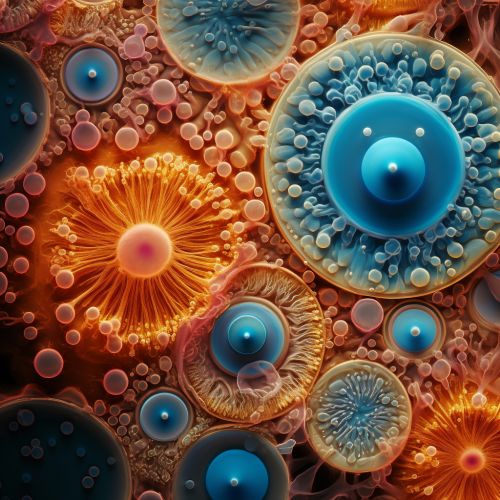The Role of Stem Cell Therapy in Cardiovascular Disease
Introduction
Stem cell therapy, a rapidly advancing field of regenerative medicine, has shown promising potential in the treatment of cardiovascular diseasesCardiovascular Diseases. This article will delve into the role of stem cell therapy in managing and treating cardiovascular diseases, providing an in-depth understanding of the mechanisms, types of stem cells used, clinical trials, potential benefits, and challenges in the field.


Stem Cells: An Overview
Stem cells are unspecialized cells with the ability to differentiate into various cell types, a characteristic known as pluripotencyPluripotency. They also possess self-renewal properties, enabling them to proliferate and maintain their population in the body. Stem cells can be broadly classified into embryonic stem cells (ESCs), induced pluripotent stem cells (iPSCs), and adult stem cells. Each type has unique properties and potential therapeutic applications.
Cardiovascular Diseases: A Brief Understanding
Cardiovascular diseases encompass a range of conditions affecting the heart and blood vessels, including coronary artery disease, heart failure, and arrhythmias. They are a leading cause of death globally, highlighting the need for effective therapeutic strategies. Current treatments primarily focus on managing symptoms and slowing disease progression, but they do not offer a cure.
Role of Stem Cells in Cardiovascular Diseases
Stem cell therapy aims to repair damaged heart tissue, restore heart function, and ultimately cure cardiovascular diseases. The potential of stem cells in cardiovascular therapy lies in their ability to differentiate into cardiomyocytes, endothelial cells, and vascular smooth muscle cells, which are critical for heart function and vascular health.
Types of Stem Cells Used in Cardiovascular Therapy
1. Embryonic Stem Cells (ESCs): ESCs are derived from the inner cell mass of blastocysts and have the potential to differentiate into all cell types. They have been used to generate cardiomyocytes in vitro for transplantation into damaged heart tissue.
2. Induced Pluripotent Stem Cells (iPSCs): iPSCs are adult cells that have been genetically reprogrammed to an embryonic stem cell-like state. They offer a promising source of patient-specific cells for cardiovascular therapy.
3. Adult Stem Cells: These include bone marrow-derived stem cells, mesenchymal stem cells, and cardiac stem cells. They are less pluripotent than ESCs and iPSCs but are more readily available and carry fewer ethical concerns.
Mechanisms of Stem Cell Therapy in Cardiovascular Diseases
Stem cell therapy works through several mechanisms to promote heart repair and regeneration. These include direct differentiation into cardiac cells, paracrine signaling, and stimulation of endogenous repair mechanisms.
Clinical Trials and Studies
Numerous clinical trials have been conducted to evaluate the safety and efficacy of stem cell therapy in cardiovascular diseases. While some trials have shown promising results, others have yielded mixed outcomes, highlighting the need for further research.
Potential Benefits and Challenges
Stem cell therapy holds immense potential in the treatment of cardiovascular diseases. It offers the possibility of a curative approach, as opposed to merely managing symptoms. However, several challenges need to be addressed, including ethical concerns, risk of tumorigenesis, immune rejection, and the need for effective delivery methods.
Conclusion
Stem cell therapy represents a promising frontier in cardiovascular disease treatment. While significant progress has been made, much remains to be understood about the optimal types of stem cells, delivery methods, and treatment protocols to maximize patient outcomes. As research continues, it is hoped that stem cell therapy will become a standard treatment option for cardiovascular diseases in the future.
